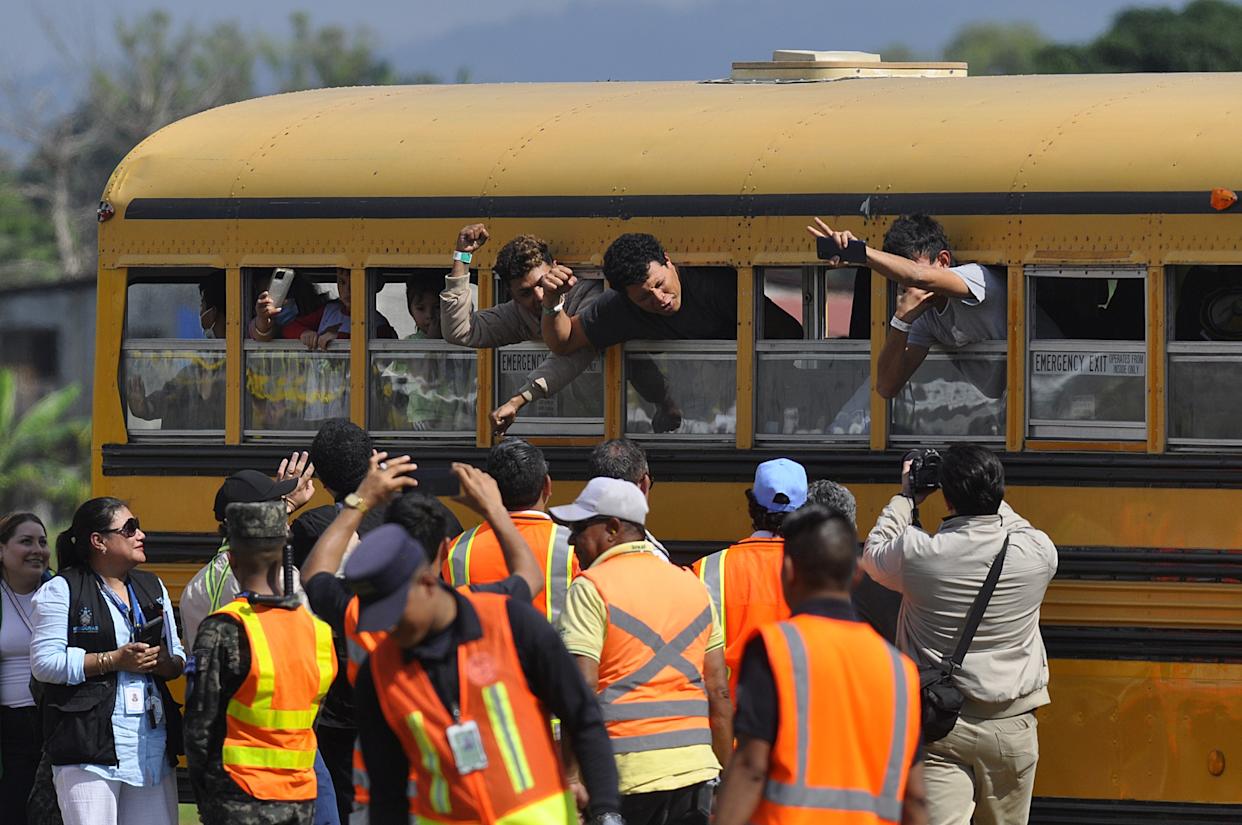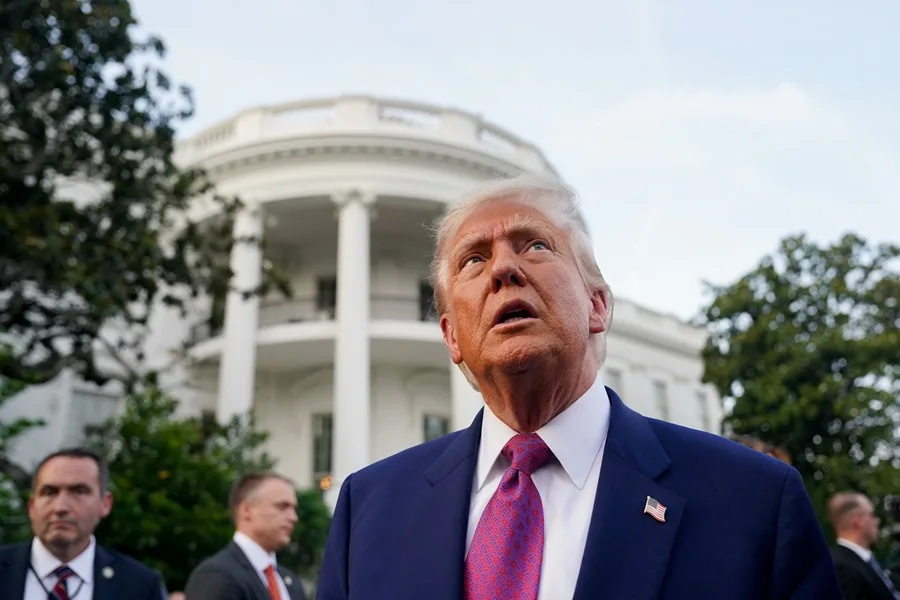International
Brazil judge annuls all of Moro’s cases against ex-president Lula

AFP
A magistrate on Brazil’s Supreme Court on Thursday annulled two more cases against former president Luiz Inacio Lula da Silva that had been brought by former judge Sergio Moro, who had previously been deemed by the same court to have been “biased” in convicting and jailing the iconic leftist leader.
The latest ruling invalidates all the evidence collected by Moro, meaning the trial process will have to start again from scratch.
That diminishes the chances of a relatively quick verdict being delivered that would block the 75-year-old Lula, as he is popularly known, from running for president in 2022.
Socialist Lula claimed his conviction was politically motivated in a bid to prevent him from running against President Jair Bolsonaro in the 2018 election that brought the far-right politician to power.
Supreme Court magistrate Gilmar Mendes said there were “factual and legal” links between the case in which Moro was declared “biased” and the other two cases that passed through the judge’s court in the southern city of Curitiba during his massive anti-corruption campaign known as “Operation Car Wash.”
Therefore, Mendes ordered an annulment of “all the decision-making actions” taken by Moro, including those that “preceded the procedure.”
In 2017, Moro convicted Lula of accepting a luxury apartment in Sao Paulo as a bribe and sentenced him to more than nine years in jail.
An appeals court upheld his conviction, preventing him from running for president again as he spent 19 months in jail.
But the second chamber of the Supreme Court, which is made up of five judges, in March accepted the argument by Lula’s defense that Moro’s political bias was evident when he was appointed justice minister by Bolsonaro.
The Supreme Court itself later ratified that ruling by a vote of seven to four.
Mendes’ decision extends that ruling to the other two cases Moro brought against the former president in Curitiba.
One case is related to the refurbishment of a farm in Sao Paulo state and the other to the purchase of land for the Lula Institute.
The former president, who was in office from 2003-2010, has always professed his innocence, but still faces three other trials, one in Brasilia and two in Sao Paulo.
International
Meta Says Russia Seeks to Ban WhatsApp for Defending Secure Communication

U.S. tech giant Meta, the parent company of WhatsApp, said that Russia is seeking to ban the messaging app because it “challenges government attempts to violate people’s right to secure communication.”
Russian authorities have encouraged citizens to switch to state-backed applications, and in August they already blocked WhatsApp’s calling feature.
On Friday, the communications regulator Roskomnadzor claimed that the platform was being used to “organize and carry out terrorist acts in the country, recruit perpetrators, and facilitate fraud and other crimes.”
“If the messaging service does not comply with Russian law, it will be completely blocked,” the regulator warned.
WhatsApp remains one of Russia’s most widely used messaging services, alongside Telegram.
Moscow is pressuring both platforms to grant authorities access to user data upon request for investigations into fraud and activities the government labels as “terrorist.”
Human rights advocates fear the demand could be used to target critics of the Kremlin, President Vladimir Putin, or the war in Ukraine.
International
Archbishop Wenski criticizes Trump’s deportation policies, calls for stronger push for reform

The Archbishop of Miami, Thomas Wenski, has called for increased pressure on the U.S. Congress to advance comprehensive immigration reform and criticized President Donald Trump’s mass deportation policies, arguing that they “do nothing to help.”
“We need to apply more pressure on Congress so lawmakers can make the necessary changes. It is also important for the Administration to listen to our voice. We do not want to be anyone’s enemy—we are Americans,” Wenski said in an interview with EFE.
The religious leader, who heads one of the dioceses with the largest Latino and Haitian populations in the United States, issued a call to defend the rights of migrants. He also emphasized that the U.S. Conference of Catholic Bishops (USCCB) has maintained a strong and public stance in favor of migrants for decades.
International
Trump relaunches diplomatic push to finalize U.S.-Backed peace plan for Ukraine War

U.S. President Donald Trump announced on Tuesday that his diplomatic team will resume meetings with delegations from Russia and Ukraine in an effort to pressure both sides to accept the peace plan proposed by Washington to end the war in Ukraine.
As part of this new round of talks, U.S. Special Envoy Steve Witkoff will travel to Moscow to meet with Russian President Vladimir Putin. Meanwhile, Army Secretary Dan Driscoll will hold discussions with Ukrainian representatives to narrow differences on the remaining points of the agreement.
Trump also confirmed his intention to meet personally with Ukrainian President Volodymyr Zelensky and with Putin, though he emphasized that such meetings will only take place “when the agreement is fully finalized or in its final stage.”
The president claimed that his administration has made “tremendous progress” toward resolving the conflict and reiterated that the war “never would have started” if he had been in the White House at the onset of the crisis.
The U.S.-backed peace plan consists of 28 points and has been revised following feedback from both sides. According to Trump, only “a few points of disagreement” remain under active discussion.
One of the most controversial aspects of the proposal is the suggestion that Ukraine cede parts of the Donbas region to Russia and limit the size of its armed forces. Kyiv is working closely with Washington to soften these clauses in search of an arrangement that does not compromise its sovereignty or security.
With this diplomatic push, Trump aims to solidify his role as the main mediator in the conflict and steer the war toward a political resolution after years of devastation, humanitarian crisis, and rising global geopolitical tensions.
-

 Central America2 days ago
Central America2 days agoTrump Pardons Former Honduran President Hernández and Warns of Aid Cuts Ahead of Election
-

 Central America4 days ago
Central America4 days agoPanama reinforces security with new helicopters and Super Tucano Aircraft purchases
-

 Central America4 days ago
Central America4 days agoTrump urges hondurans to back conservative candidate Nasry Asfura in november elections
-

 International4 days ago
International4 days agoArchbishop Wenski criticizes Trump’s deportation policies, calls for stronger push for reform
-

 Central America1 day ago
Central America1 day agoHonduras’ China–Taiwan Future Hinges on Sunday’s Presidential Election
-

 Central America11 hours ago
Central America11 hours agoHonduras Extends Voting by One Hour Amid High Turnout, CNE Announces
-

 Central America4 days ago
Central America4 days agoWashington calls for oversight as Honduras faces allegations of electoral interference
-

 International2 days ago
International2 days agoMeta Says Russia Seeks to Ban WhatsApp for Defending Secure Communication






























